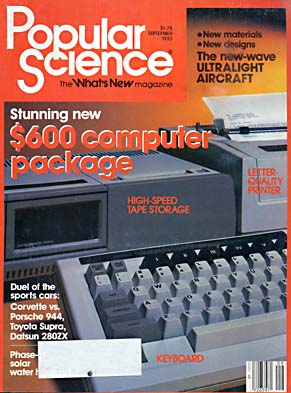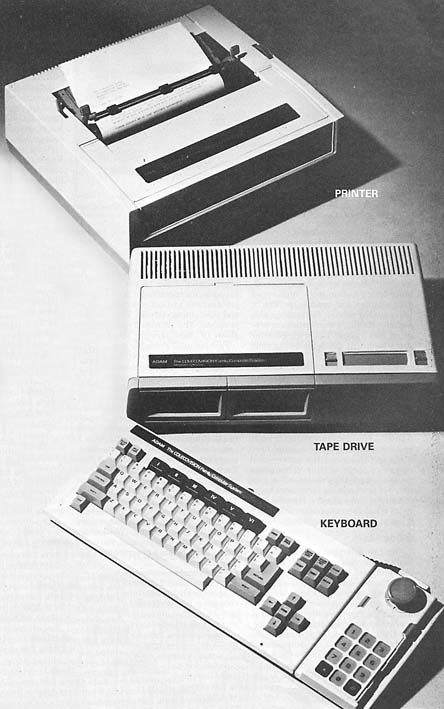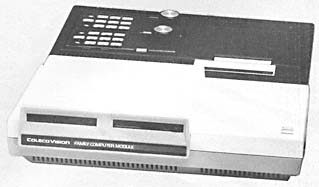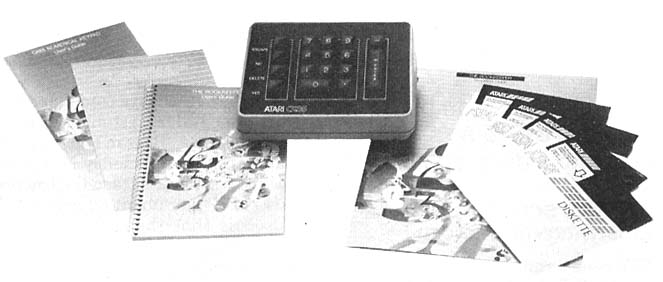

Chicago
A beautiful woman sat in a enclosed glass cage 20 feet in front of me. That was as close as I could get. Hundreds of people bobbed and weaved for a better look. Most, however, had to settle for watching over the closed-circuit TV monitors that dotted the ceiling. But no eyes (well, at least not my eyes) were on the woman. They were focused on Adam – a new home computer from Coleco that she was demonstrating at the recent Consumer Electronics Show held at Chicago's McCormick Place.
 |
 |


|
